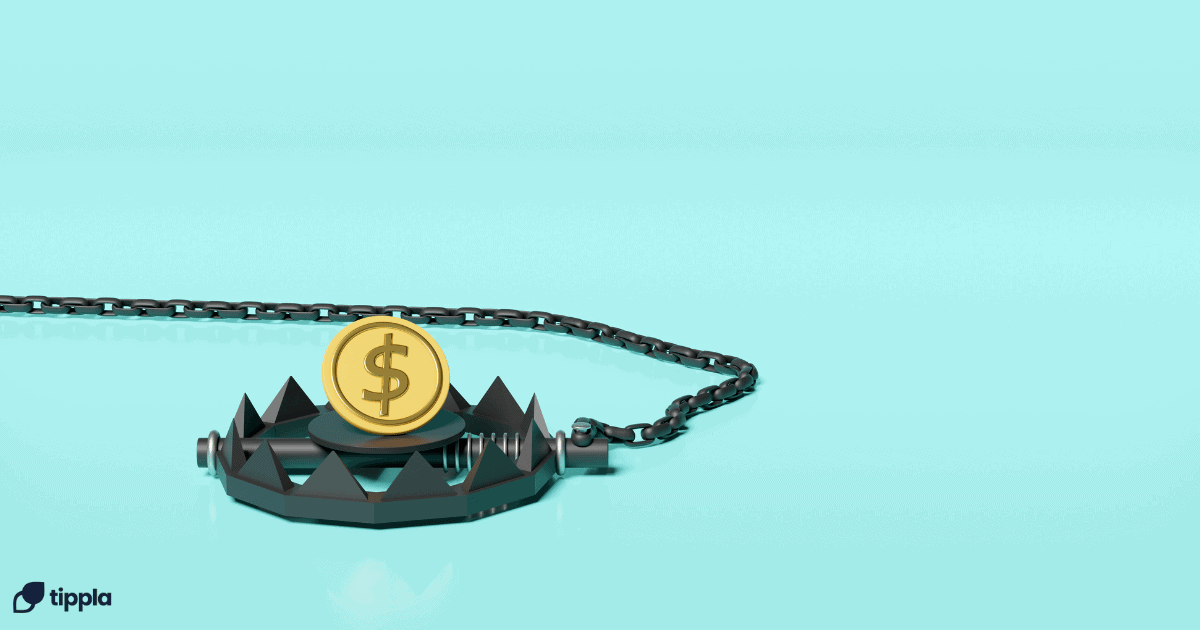Published in July 28, 2021
How do car loans work?

How do car loans work and how do they affect your car insurance?
A car loan basically functions just like any other type of loan. You take out a car from a dealership or bank, and your institution agrees to loan you money to buy the car, and you’d pay the money back in increments with interest. Apart from choosing what type of car you want to buy, you will need to consider how you’ll pay for it. Some people decide to buy it upfront, and some people choose to finance their car, whether they pay it off in increments with interest to the dealership, or get a car loan.
If you don’t keep up with your payments, your lender will most likely charge you a dishonour fee and eventually repossess your car. Taking out a car loan means multiple parties are at stake with your vehicle, meaning your lender also has a financial investment, which you should keep in mind.
Where to get a car loan
There are multiple options for car loans, let’s discuss some of the most common ones. Firstly, you can directly get a loan from your financial institution, like your bank or credit union, and if it’s your own bank, you may be able to get better rates. Considering you’re borrowing the money directly from that institution, you’d be avoiding paying any extra third party fees.
With some car dealerships, you can get a loan through them when buying a new or used car. This can be helpful as you’d be getting your loan and car from the same place, and it also means you’d get the entire process done on the same day. The dealership can sometimes offer you special deals to get you to take a loan with them, and can also grant you multiple lenders so you’d have a few choices.
The dealership doesn’t lend you the money directly, they just act as a middleman, working with lenders to arrange your loan. It’s important to note that the dealer will most likely charge you additional fees, as they arranged the loan for you. So you’d be paying more than what the loan costs. Therefore, it would be cheaper to get a loan directly through a financial institution instead.
How much does a car loan cost?
There are two different factors that the lifetime cost of a car depends on. There’s the annual percentage rate, and the interest rate you’ll pay on the loan. The lender charges you a fee for the loan, that fee is interest. The lower the percentage rate means you’ll pay less over time. There’s also the down payment, which is the money you put down at the outset.
There’s also the loan term which is the amount of time you take to repay your loan. That time usually ranges between 36 and 72 months. Additionally, there’s also the principal, which is the initial amount of the loan. Over time, you’ll pay back the principal in increments plus the interest you owe.
Those listed factors affect the amount of interest you pay over time. Over time, a loan with lower interest and a longer-term length can turn out to be more expensive than a loan with high interest and less repayment period. However, monthly payments for loans with shorter terms may be more costly on your budget. Increasing the down payment you initially pay can help you save on interest over the life of the loan.
How to save money on a car loan
Figuring out how much you want to save on car loans can be tricky. Car loans with lower monthly payments may look like the cheaper option, but that can actually cost you significantly over the term of your loan. The loans you get offered will vary depending on multiple different components. Those components include your credit score, as that would make it harder to receive a good loan offer. Here are some steps to take when wanting to save money on your car loan:
- Design a payment plan. Before submitting a car loan application, organise a payment plan for yourself. Figure out how much you can afford for a down payment, and how much you’ll need in a car loan.
- Compare loans. You should always compare different offers from different providers before making a decision so that you could have a range of options. You should look at loans that suit your budget currently and in the long run. Make sure you read the fine print to ensure you’re comparing different car loans within the same metrics.
- Make bigger or additional payments. Placing a large down payment at the start of your loan can help you avoid paying interest in the long run. Additionally, it could also help reduce your repayments significantly, depending on the amount you put down.
- Refinance your loan. If you find a loan that has lower interest than your current one, possibly due to an improvement in your credit score, then consider refinancing and switching loans. That can help you save money in the long term.
Plan a thorough budget with Moneysmart to understand your spending habits and how much you can afford for your monthly payments.
How does a car loan affect your car insurance?
Taking out a car to purchase a new car means you’re not the only one with a stake in that vehicle anymore. Until your car is fully paid off, the loan lender also has a financial stake and will want to make sure their investment is protected. Your provider may require you to add certain coverage to your policy to further protect your shared investment.
Comprehensive coverage will cover damage to your vehicle that can happen while it’s not being driven, such as damage from falling objects, natural disasters, or theft. On the contrary, collision coverage covers your vehicles in the event of an accident, regardless of who was at fault.
Gap insurance
If you bought a new car with a car loan, you should consider adding gap coverage to your policy.
In the event of your car being stolen or damaged from an accident, and you won’t have it anymore, gap coverage will pay you back the actual cash value of your car. However, that could be less than what you still owe on the loan.
Filing a claim when you have a car loan
When filing a claim with your car insurance, and you receive a check, that check could be made out to you as well as your lienholder. That’s because your lienholder would be listed on your insurance policy.
Lienholders have different requirements, but your lender will most probably require you to submit documents proving the money is being used on car repairs before they’ll endorse the check from the insurance company.
While we at Tippla will always do our best to provide you with the information you need to financially thrive, it’s important to note that we’re not debt counsellors, nor do we provide financial advice. Be sure to speak to your financial services professional before making any decisions.
Subscribe to our newsletter
Stay up to date with Tippla's financial blog



